DC Output Quality
For those of you that are curious as to some of the reasoning and equipment behind our PSU testing program here at TheFPSReview, we have put together an introduction for you that shares a lot of the behind the scenes of the program. This program is based on what the author developed at [H]ardOCP and utilizes the equipment bequeathed to the author by Kyle Bennett. The testing we are conducting today is exactly as described in that document and will continue with our examination of the DC Output Quality.
Control Test Graphing
This image is the blank background control test on an unused connector from our SM-8800 during the testing of the FSP SFX PRO 450W. This lets us determine what the background noise looks like during testing.
120v Input
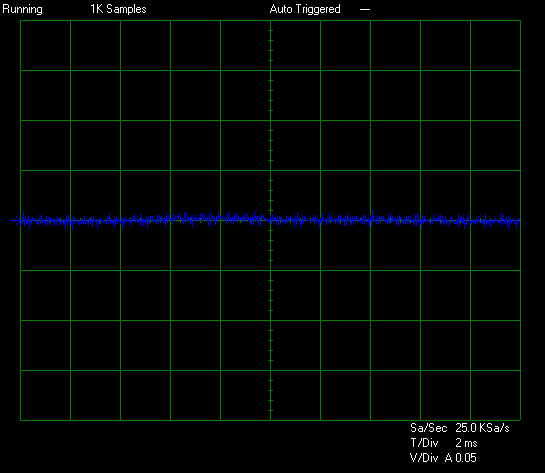

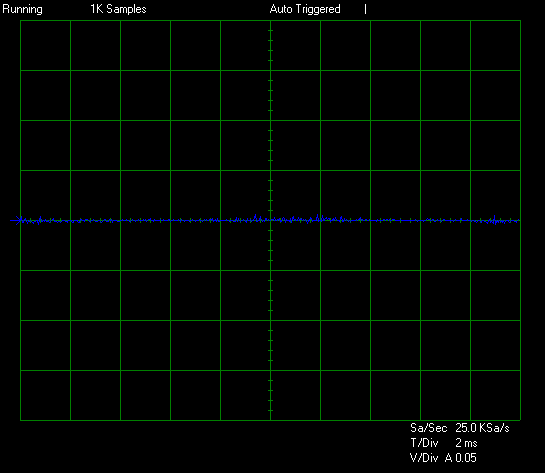
100v Input
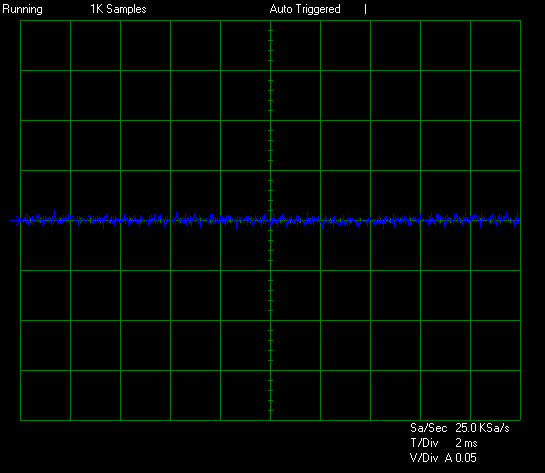

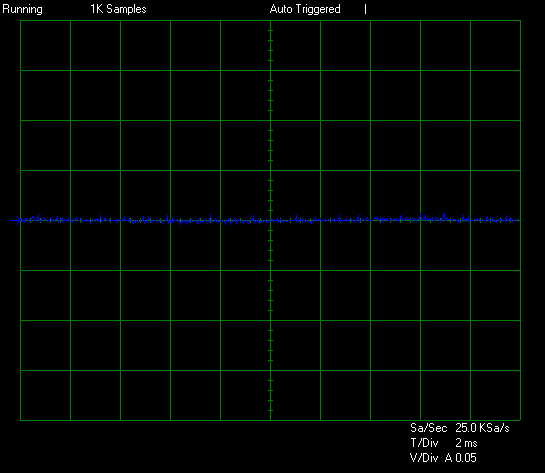
Test #1 is equal to approximately 25% of the rated capacity of the FSP SFX PRO 450W at 45c. This makes Test #1 equal to 121W by loading the 12v rail to 8a, the 5v rail to 2a, the 3.3v rail to 1a, the +5vsb to 2a, and the -12v to 0.3a. The SFX PRO 450W is starting off in not great shape today. The 12v is peaking at ~20mV of ripple/noise while the 5v rail hits ~15mV and the 3.3v rail peaks at ~15mV.
120v Input
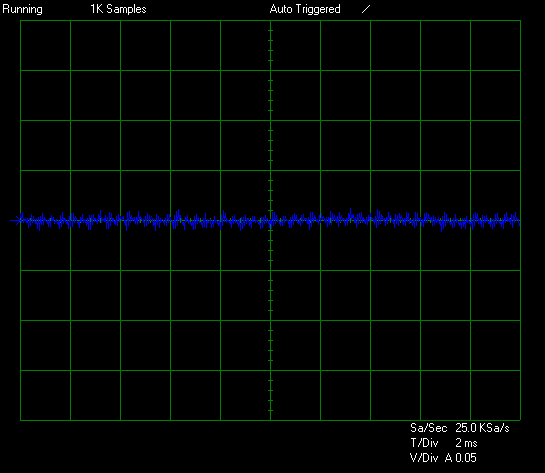

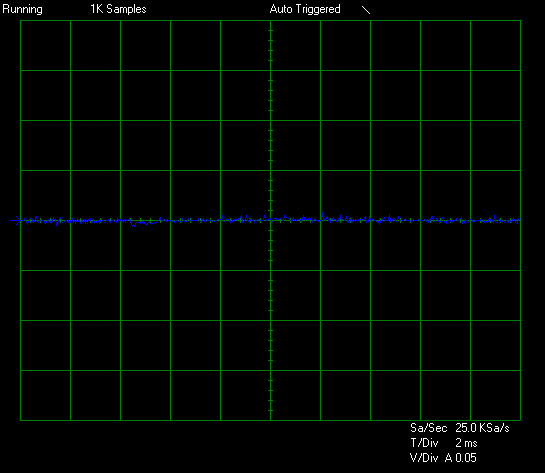
100v Input
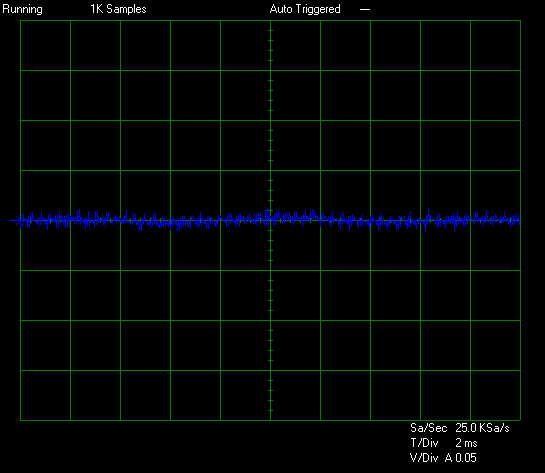
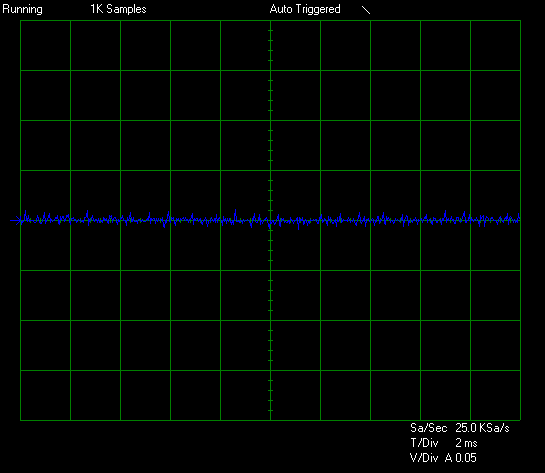

Test #2 is equal to approximately 50% of the rated capacity of the FSP SFX PRO 450W at 45c. This makes Test #2 equal to 223W by loading the 12v rail to 16a, the 5v rail to 3a, the 3.3v rail to 2a, the +5vsb to 2a, and the -12v to 0.3a. Test #2 sees the 5v and 3.3v rails stay even at ~15mV of ripple/noise. The 12v rail is now coming in at ~25mV of ripple/noise.
120v Input


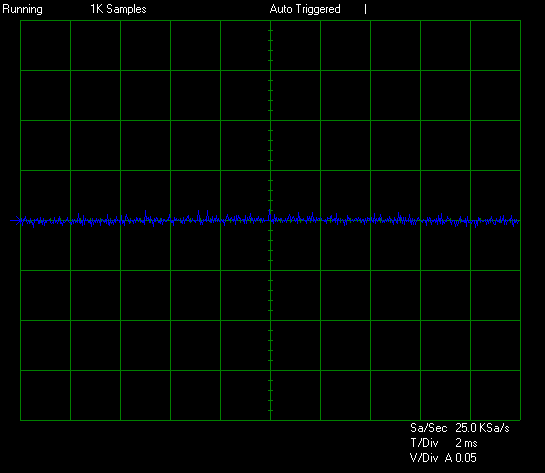
100v Input

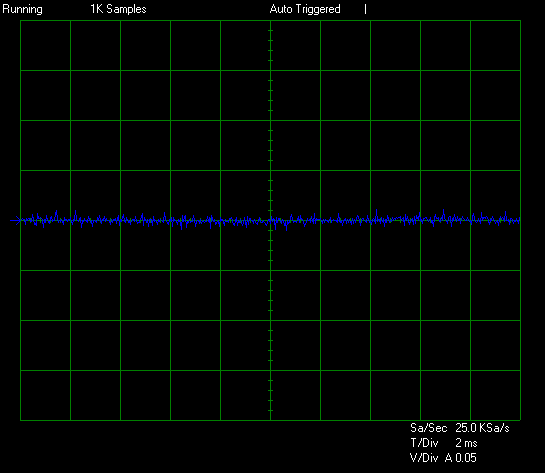
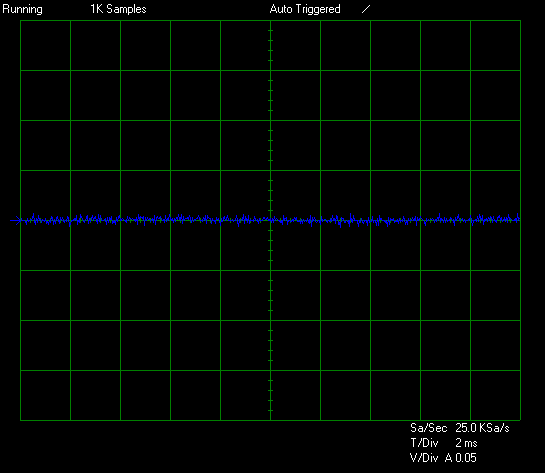
Test #3 is equal to approximately 75% of the rated capacity FSP SFX PRO 450W at 45c. This makes Test #3 equal to 328W by loading the 12v rail to 24a, the 5v rail to 5a, the 3.3v rail to 3a, the +5vsb to 2a, and the -12v to 0.3a. Test #3 sees the 12v rail peaking at ~30mV of ripple/noise while the minor rails are coming in at ~20mV of ripple/noise.
120v Input
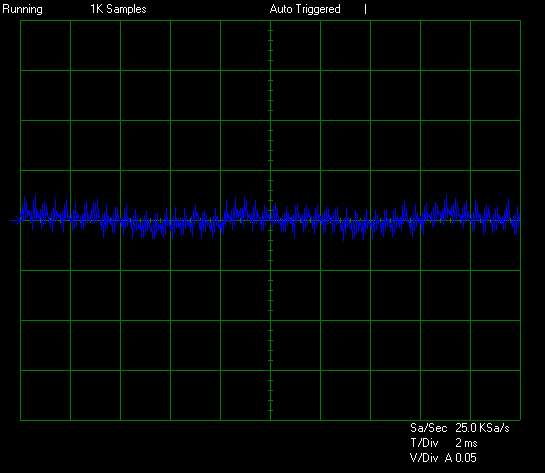

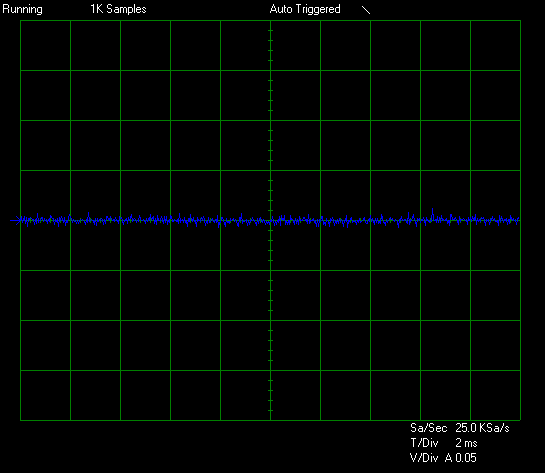
100v Input

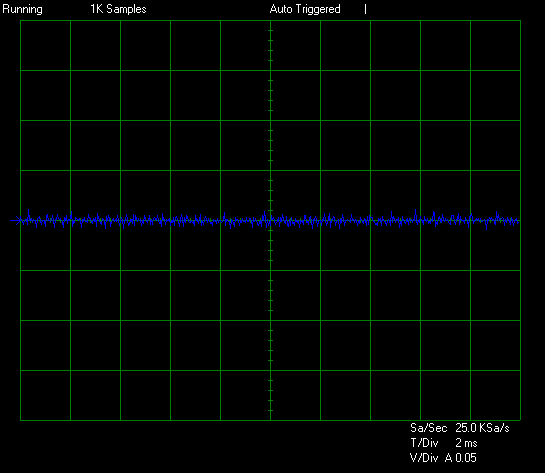
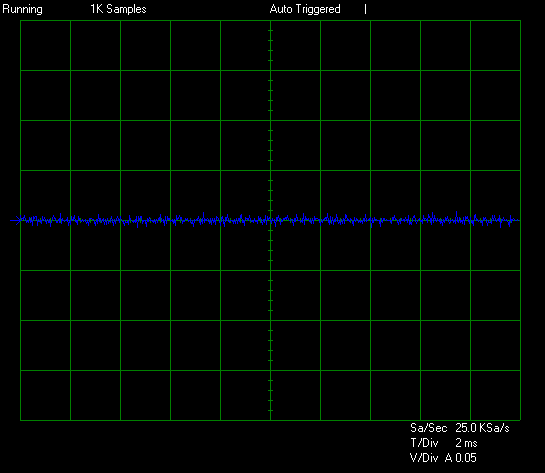
Test #4 is equal to approximately 100% of the rated capacity of FSP SFX PRO 450W at 45c. This makes Test #4 equal to 435W by loading the 12v rail to 34a, the 5v rail to 4a, the 3.3v rail to 2a, the +5vsb to 2a, and the -12v to 0.3a. In the final regular test, we see the 12v rail peaking at ~50mV of ripple/noise while the minor rails are peaking at ~25mV of ripple/noise on the 5v rail and ~20mV of ripple/noise on the 3.3v rail.
Torture Test
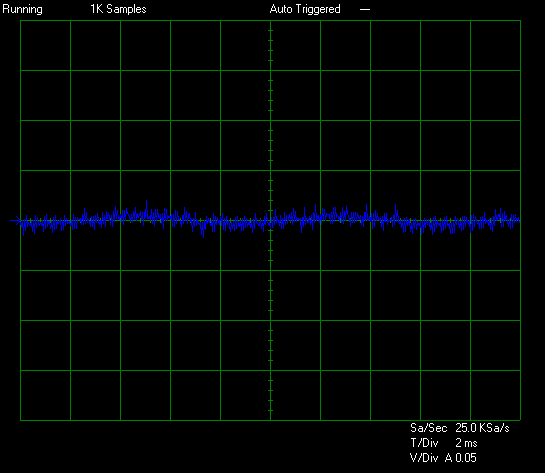
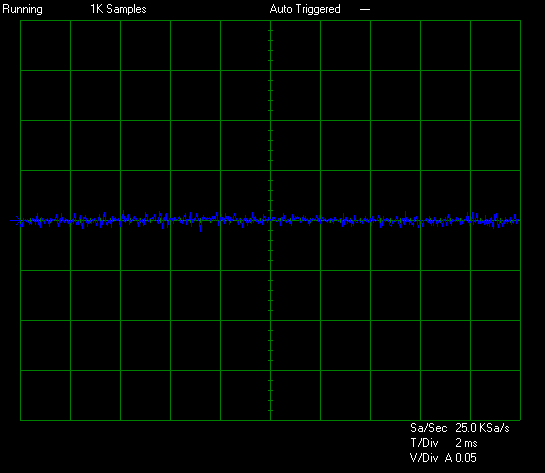
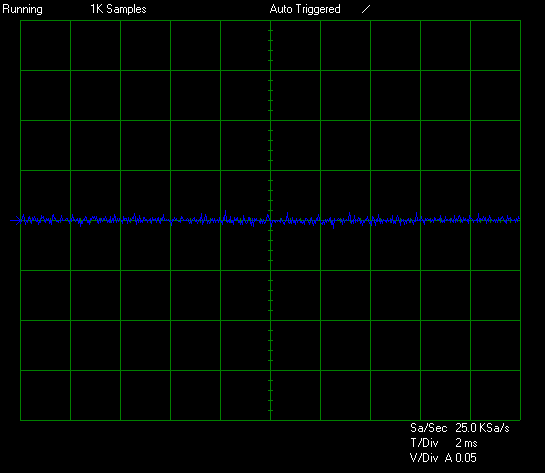
The Torture Test is equal to approximately 80% of the rated capacity of the FSP SFX PRO 450W at 45C full load. This makes the Torture Test equal to 359W by loading the 12v rail to 26a, the 5v rail to 6a, the 3.3v rail to 4a, the +5vsb to 6a, and the -12v to 0.3a. At the end of the Torture Test, we see the 12v rail is peaking at ~40mV of ripple/noise while the 3.3v rail is peaking at ~20mV of ripple/noise and the 5v rail is peaking at ~20mV of ripple/noise.
DC Output Quality Summary
The overall DC Output Quality of the FSP SFX PRO 450W is passing. The SFX PRO 450W ended up posting a peak trace amplitude on the 12v rail of ~50mV followed by ~25mV on the 5v rail and ~20mV on the 3.3v rail during our normal tests. The worst absolute value among these (the 12v rail) hit just shy ~50% of the ATX12v specification limit while the 5v rail hit 50% of the ATX12v specification limit exactly.
In a relative sense, this unit was barely mixed with the Corsair CV450. The less than stellar performance here is a bit more forgeable as this unit is an SFX unit while the CV450 is an ATX12/EPS unit. Overall then, the unit is passing so we cannot fail the SFX PRO 450W for posting these results, but we also can not get too excited about what we see. The one last consolation is that on top of this unit being an SFX unit is it an ENTRY level unit SFX unit (oof). So expectations should be modest, to begin with. Let’s move on now and see how all of this wraps up!

